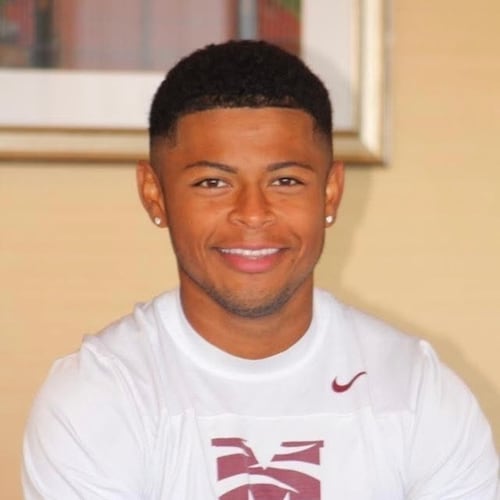About the Junior Achievement Discovery Center at Gwinnett
The center has two sections.
Sixth-graders will visit BizTown, which is designed like the Suwanee Town Center with storefronts for prominent area companies like Chick-Fil-A, Kauffman Tire and Publix. The students will be given roles ranging from CEO to employee in those companies and be tasked to run the business for a day.
Eighth-graders will go to Finance Park, where they will lead a fictional family and make budget decisions based on an imaginary salary. Seventh-graders will not visit the center, but will learn about world economies.
First, it was the three Rs.
Now, educators are teaching students financial literacy.
Today, Gwinnett County education leaders start partnering with Junior Achievement to launch their most expansive effort to help middle school students learn about personal finance, in a center built inside a school.
With Gwinnett, about 60 percent of metro Atlanta’s middle school students are now involved in Junior Achievement’s on-site financial literacy programs, said Jack Harris, the organization’s Georgia president. Harris said it is negotiating a similar partnership with Cobb, Georgia’s second-largest school district.
Joy Anderson, whose son, Nathan, 13, went through a Gwinnett pilot program, believes the course gave him a fresh perspective on money.
“He was always one to save a little and spend a little,” Anderson said of her son, an eighth-grader at Dacula Middle School. “(The program) taught him you have to work for it. It opened his eyes to what it’s like to be an adult for a day.”
During the day-long visit to the center, students are given jobs in companies to learn more about various careers and the business world. Students also take on imaginary roles as family breadwinners and must make decisions like how much money to spend on housing, groceries and other expenses — on a tight budget in some cases. Students spend time learning about financial literacy before and after the visits to the center.
Nathan was chosen to be Bank of America’s CEO when he visited the center in downtown Atlanta. He used computers there to help customers set up accounts.
“I learned (money is) very valuable and to use it wisely,” Nathan said.
Nathan said he also “kind of liked being in charge.”
The Gwinnett center is the second in Georgia. Junior Achievement partnered with the Atlanta, DeKalb, Fulton and Marietta school districts to open a center at the Georgia World Congress Center about three years ago.
Katie McDowell, executive director of partnerships and development for Atlanta’s school system, watched some visiting students debate the wisdom of buying a pricey pair of Air Jordan sneakers.
“I wouldn’t be spending my money on that,” she overheard one conversation.
Debbie Daniell, Gwinnett’s social studies director, said financial literacy will be included in all subjects.
“This is another way to enhance our middle school curriculum,” she said.
The roles the students assume at the centers are fictional, but the money Gwinnett and Junior Achievement are spending on the effort is real. Gwinnett spent more than $4 million to create the space inside Discovery High School, which opened in August. Junior Achievement will spent about a $1 million a year on operating costs.
Less than 20 years ago, personal finance education was only mandatory in one state: Illinois. Today, 17 states require that students at public high schools take a personal finance class before they graduate, according to the Council for Economic Education. Georgia high school students must take an economics class that includes lessons on personal finance.
Is it wise to spend a lot of time teaching financial literacy to middle school students, considering many of them are struggling to pass state standardized exams? McDowell and others say students are also improving their math skills through the lessons and learning about concepts like macroeconomics.
Harris said middle school is a good place to start with these programs because it is the time some students become disengaged with school.
“That is a huge intervention point for how they view education and the steps they take forward (in their lives),” Harris said.
About the Author
Keep Reading
The Latest
Featured


